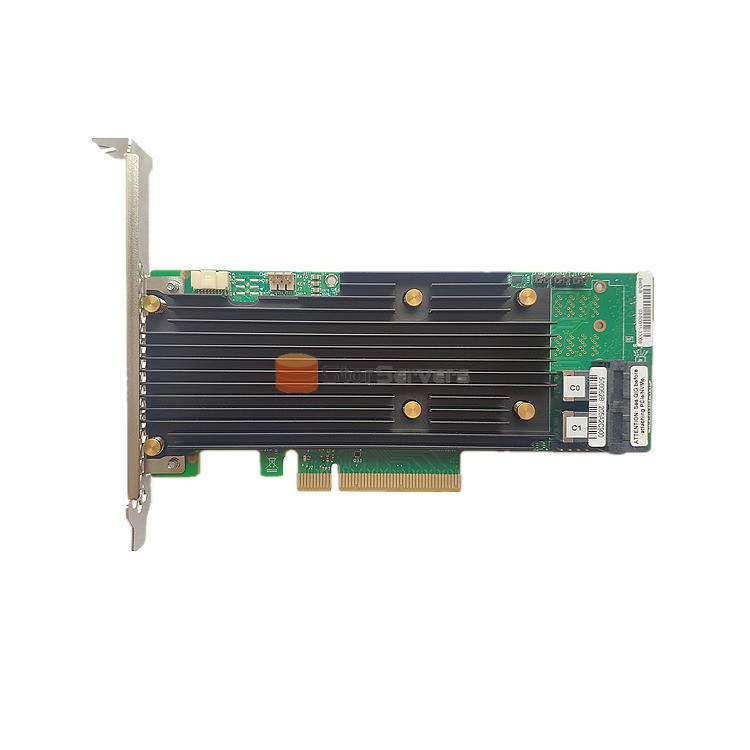 RAID card initialization and configuration process,0 channel RAID card,No drive raid card
Sep 15, 2023
RAID card initialization and configuration process,0 channel RAID card,No drive raid card
Sep 15, 2023
Today we will talk about the initialization and configuration process of RAID cards as well as 0-channel RAID cards and driderless Raid cards
RAID card initialization and configuration process
The so-called initialization is to say that after the system is powered on, the CPU executes the first instruction on the specific address of the system bus, which is the address of the motherboard BIOS chip.
The BIOS chip contains the first instructions for the CPU to execute, and the CPU executes them one by one until, at a certain point, an instruction tells the CPU to address the ROM addresses of other devices on the bus (if any). That is to say, after the system is powered on, the CPU will always execute the program code in the ROM of the SCSI card on the device to initialize the card.
Initialization involves checking the card model, manufacturer, and scanning all SCSI buses on the card to identify each device and display it on the display. In the process of initialization, you can enter the BIOS of the SCSI card itself as the motherboard BIOS setting, setting content including check each connected to the SCSI bus device capacity, manufacturer, status, SCSIID and LUNID and so on.
0 channel RAID card
A 0-channel RAID card is also called a RAID child card. 0-channel means that there is no SCSI channel in the backend of the card. After the child card is inserted into the PCI slot of the host, it can use the SCSI cards already integrated on the motherboard or already plugged into the PCI to control their channels, so as to realize RAID. This 0-channel child card is also inserted into a PCI card, but it needs to use the motherboard for 0-channel child card specially designed logic circuit, external and SCSI controller to form a RAID card to use, but this card is physically divided into two PCI slots.
On a specific PCI slot on the motherboard, there is an ICR logic circuit that intercepts the address signals sent by the CPU and the interrupt signals sent to the CPU. CPU sent here originally used to control the SCSI controller address signals, are now all redirected by the ICR circuit to RAID daughter card, including the motherboard BIOS initial loading ROM, is not loaded into the SCSI card ROM, but into the RAID daughter card ROM. RAID cards completely replaced SCSI cards for the host system. The communication between RAID card and SCSI controller, including address information and data information, needs to occupy the PCI bus, which causes some performance loss. Communication between RAID daughter cards and SCSI cards is not redirected by ICR circuits.
No Drive Raid card
PhotoFast has designed a Riad card that is quite innovative. The traditional Raid card uses PCIX or PCIE bus to connect to the computer, but the PhotoFast Raid card uses SATA interface to connect to the computer, that is, the Raid card connects multiple physical disks into a number of virtual disks. And connect these disks to the computer through the SATA interface, and the computer thinks that it is connected to multiple SATA physical disks.
This way, the Raid card can be used by most operating systems without any driver (most operating systems come with a SATA controller driver).
If you have any questions, please consult and answer them at any time. STOR Technology Limited also offers a wide range of original high-performance products, such as megaraid sas 9341 8i, lsi 9361 8i 2gb, lsi megaraid 9460 8i, and more.
 RAID card initialization and configuration process,0 channel RAID card,No drive raid card
Sep 15, 2023
RAID card initialization and configuration process,0 channel RAID card,No drive raid card
Sep 15, 2023